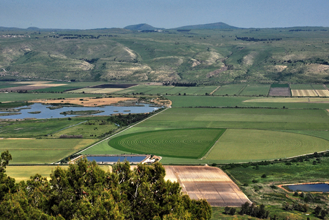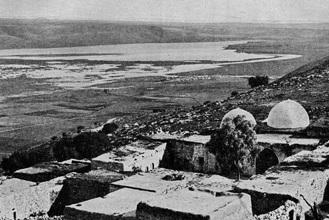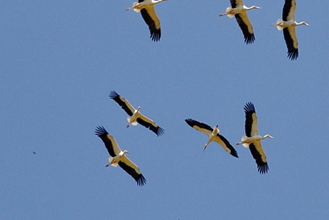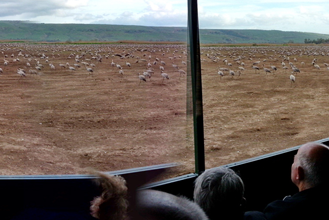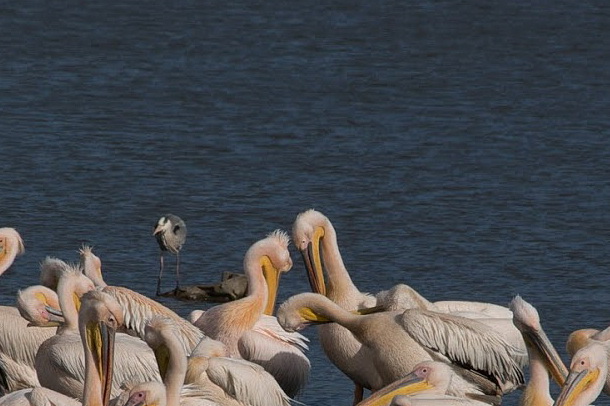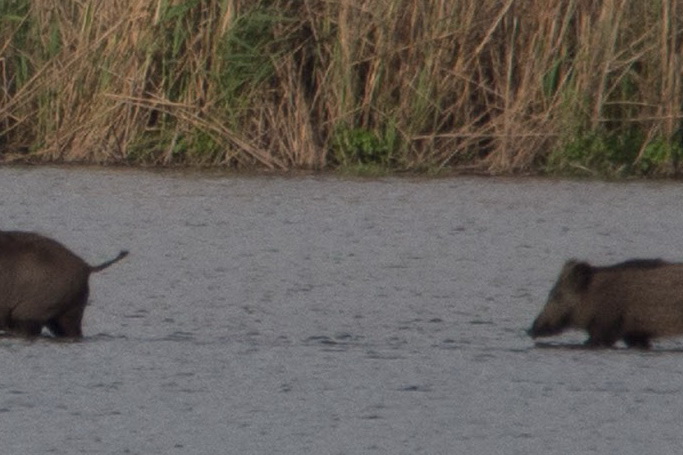A short account of the Hula, given by your Israel & Jerusalem private tour guide
“While Seleucia was situated at Lake Semechonitis, which is 30 furlongs in breadth, and 60 in length, its marshes reach as far as the place Daphne, which in other respects is a delicious place, and hath such fountains as supply water to what is called Little Jordan….” (Josephus Flavius - The Jewish War 4, 1).
This is the description of the Hula Lake and swamps of 2,000 years ago, which could also apply 100 years ago, but not today; the lake and the marshes no longer exist.
What was here?
During the last 1 million years, because of tectonic and volcanic activities, the Upper Jordan Valley was separated from the Sea of Galilee by the Korazim block. A small lake was formed to the north of the block. The size of the lake was approximately 5.5 x 4.5 km (4 x 3 mi.), but the swamp area at the northern end of the lake was twice as large in the summer, and four times larger in the winter.
There wouldn’t be anything special about this small lake if it had been in another location. Because it was situated in the Syrian-African Rift at the north end of the country and at the meeting point of three different kinds of vegetation – Asian, European and African, the lake and swamp were extremely rich with this same vegetation. Because it was so rich with flora, it also became rich with fauna, herbivores and carnivores alike.
The flora had an abundance of common reeds and papyrus reeds, while the fauna consisted of many species of animals. The more populous ones were wolves, jackals, wild boars, water buffalo, otters, swamp cats, leopards and bears. Even today, birds of all kinds fill the area, especially during the migration seasons, of which storks, pelicans, flamingos, cranes, herons, ducks, geese and various birds of prey are the most obvious. During these times, 500 million birds of 390 species fly over and stay in the valley.
What happened to the lake?
It was always very difficult to live near the lake, mainly because of the mosquitoes and danger of malaria. Even though malaria was eradicated in the 1930’s, the thought was that the swamps and lake must be drained in order to gain more fertile land. In 1950, the State of Israel began the huge project of digging canals for the Jordan River and for other drainage canals. After eight years, the lake was drained down to the Sea of Galilee and the land was prepared for cultivation.
Only then, little by little, did people start to realize the magnitude of the mistake that was made by draining the swamp. The lake had served as a filter for the water going to the Sea of Galilee. Without it, this water carried nitrates into the sea, causing algae to grow in the water. The soil of the valley is peat - a very poor soil, and also subject to many fires. As a result, the state had to re-flood part of the valley.
What can we see there?
There are two areas in which you can see some of the glory of the past. One is the nature reserve, in which you can enjoy a spectacular multimedia presentation, a hike along the water and upon a floating bridge. Here, you can watch the wildlife from various hidden spots. The other site is the flooded area, Agmon Hahula, in which you can hike, bike or take the safari wagon to see wildlife from a close distance.

